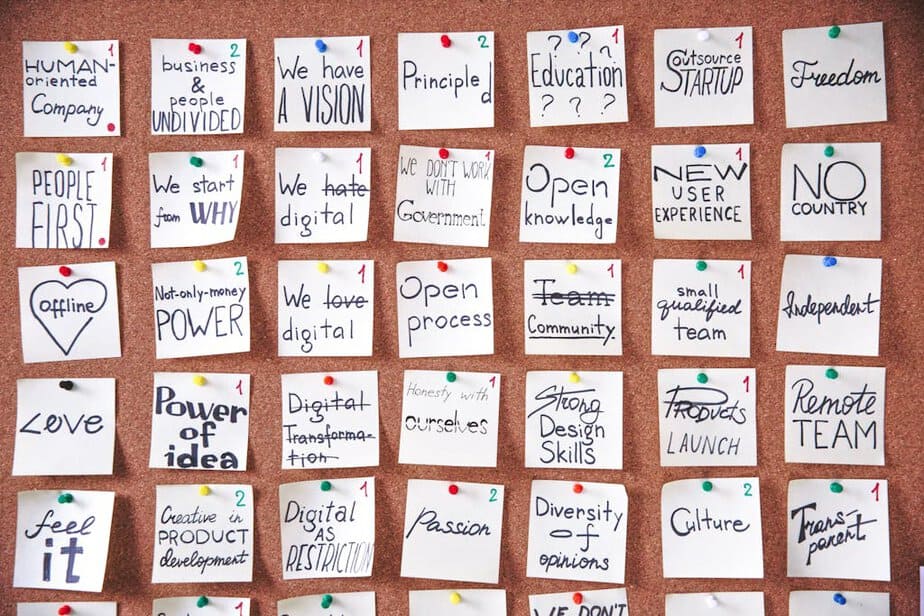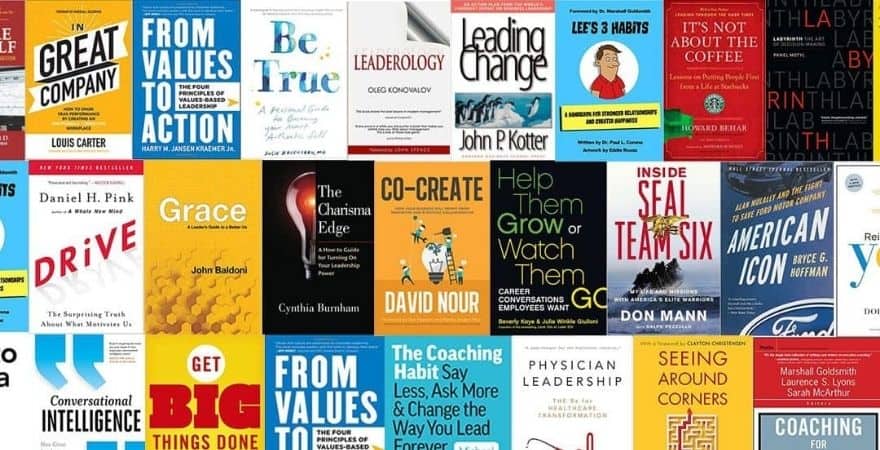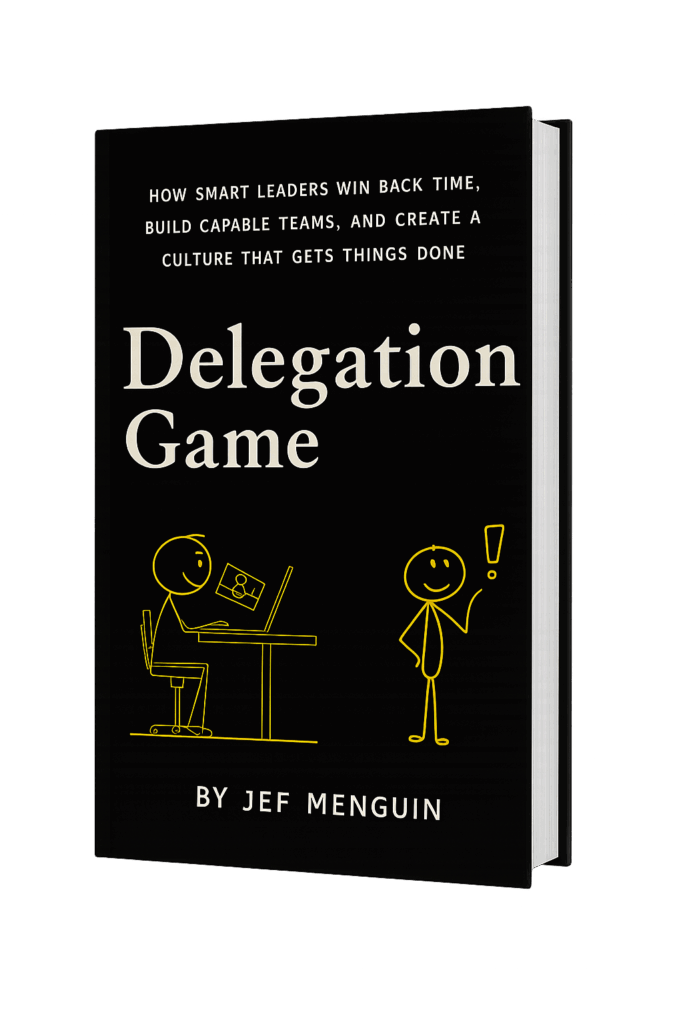When people with big goals can’t turn those goals into action, frustration takes over. They see the destination, but the path? Blurry. Over time, that vision of success fades, and what once seemed possible feels out of reach.
Without clear action steps, dreams become just that—dreams. The excitement fizzles, and instead of moving forward, they stay stuck in the same spot, overwhelmed by inaction.
Turning goals into action is easier than you think.
In just 8 simple steps, you’ll learn how to break down those big dreams into bite-sized tasks that get results. Ready to make progress? Let’s turn that vision into reality.
Turn Goals into Actions
Big dreams can feel out of reach when you’re tangled in the day-to-day. It’s easy to know what you want, but getting there? That’s where people get stuck. The frustration is real—you can see the goal, but the path is foggy.
The solution? Break it down.
Here’s how you can turn those big, lofty goals into actionable steps that get you real, tangible results. This isn’t about grand gestures—it’s about moving from intention to action, stacking small wins to get momentum on your side.
1. Start with the End in Mind
Before you start creating action steps, get crystal clear on what the goal is. Not just in vague terms—be specific. What does success look like for this goal? When you visualize reaching it, what do you see, feel, and experience?
Let’s say your goal is to run a marathon. “Run a marathon” is too broad. Narrow it down:
“I will run the Boston Marathon by April 2025.”
Now you have something concrete to work with. Specificity gives you direction.
2. Break It Down Into Milestones
Now that you’ve got your goal, it’s time to break it down. Think of milestones—these are the major points along the way that bring you closer to your end goal. If your goal is to run a marathon, a milestone might be running 10k comfortably or signing up for smaller races.
Ask yourself:
- What are the key checkpoints along the way?
- How will you measure progress at each stage?
Milestones make the big goal manageable. They help you see progress along the way, which keeps motivation high.
3. Create Action Steps
Here’s where the real work happens. Each milestone needs to be broken down into action steps—specific tasks you can take daily, weekly, or monthly to move closer to your goal.
For example, if your milestone is running a 10k, your action steps might be:
- Week 1: Run 2 miles, three times this week.
- Week 2: Run 3 miles, four times this week.
- Week 3: Join a local running group for support.
These are actionable, bite-sized tasks that make progress toward your milestone inevitable. The more detailed you get, the easier it will be to take that next step.
4. Set a Timeline
A goal without a deadline is just a dream. Once you’ve got your milestones and action steps, attach timelines to each one. Deadlines create urgency and keep you moving forward.
If your goal is to run the marathon by April 2025, work backward from that date:
- By September 2024, you might aim to run your first half-marathon.
- By June 2024, you should comfortably be running 10 miles.
Setting timelines ensures you’re pacing yourself and can track progress against clear deadlines.
5. Track Your Progress
Tracking progress is crucial. It gives you the ability to measure where you are versus where you need to be. Use a journal, app, or calendar to record small wins, setbacks, and adjustments.
When you review your progress, you stay accountable. Plus, seeing those small wins pile up adds fuel to your motivation. If you’re working towards that 10k milestone, celebrate every time you increase your distance, and note how you’re feeling along the way.
6. Adapt and Adjust
Life isn’t static, and neither is your path to your goal. Be flexible. Sometimes milestones will take longer than expected, or new challenges will emerge. Don’t be afraid to adjust. What matters is staying committed to the overall goal, even if the route shifts.
If running three miles a week is too much at first, adjust it down and gradually build up. The key is to keep moving forward. If one step feels too big, make it smaller, but never stop stepping.
7. Focus on Consistency Over Perfection
Perfectionism can paralyze progress. Instead of aiming to hit every action step perfectly, focus on consistency. Even small, imperfect steps will take you closer to your goal. What matters most is that you’re taking action.
The consistency of completing a few action steps a week beats waiting for the perfect moment to make a big leap. Every day you work toward the goal, you’re building momentum, and that momentum compounds over time.
8. Celebrate Small Wins
Every milestone you hit is worth celebrating. You’ve earned it. These moments are more than checkpoints—they’re reminders of your progress, proof that you’re on the right track.
Celebrating small wins keeps you motivated and energized. It builds confidence that the big goal is within reach. Reward yourself in ways that don’t derail your progress—whether it’s a small treat, a day off, or a fun activity to mark the achievement.
Why Leaders Should Celebrate Small Wins
How I Turned My Goals Into Actions as a Professional Speaker
When I first set the goal of becoming a professional speaker, I assumed it would be a straightforward leap from teaching. But as I quickly realized, professional speaking wasn’t just about delivering a talk—it was about running a business.
So, I broke my goal into actionable steps. First, I acknowledged that if I wanted to succeed, I needed to learn the business side of speaking. I started small, dedicating time to understanding marketing, sales, and accounting. These weren’t things I was comfortable with at first, but I knew they were essential to turning my passion into a sustainable career.
Next, I invested in honing my craft. I joined Toastmasters, working on my public speaking skills. But I didn’t stop there. I realized that to truly add value to my audience, I needed more than just speaking skills. I needed leadership experience.
So, I sought out opportunities to lead, develop solutions for others, and build real-world strategies that would benefit the people I wanted to reach.
Through these steps, I turned my dream of becoming a professional speaker into a reality—not by jumping in headfirst, but by taking intentional, calculated actions.
That’s how I moved from intention to execution.
Read how personal development unlocks your A-game.
Turning Dreams Into Reality: The Story of Henry Sy
Henry Sy started with almost nothing. He arrived in the Philippines as a young boy from China, working in his father’s small sari-sari store. But Sy had big dreams—ones far beyond that small shop. He didn’t just want to run a business; he wanted to transform the way Filipinos shopped. That was his goal.
The difference? Sy didn’t stop at dreaming. He turned his goals into action. His first step? He started small. After his father’s store burned down, he opened his own tiny shop in Quiapo selling shoes. It wasn’t a massive leap, but it was the first step. From there, he kept going—one store, one risk, one smart decision at a time.
Today, Henry Sy’s empire—SM Supermalls—is a testament to the power of turning goals into action. What began as a shoe store in Quiapo grew into a chain of department stores, malls, and businesses that shaped the Philippine economy. Sy didn’t just dream big; he executed—and that’s what separates visionaries from everyone else.
The lesson? Your goals are only as good as the steps you take toward them.
How Steven Pressfield Turns Goals Into Actions
Steven Pressfield doesn’t sugarcoat it. If you’ve read The War of Art, you know he’s all about cutting through the fluff and getting real with what it takes to turn goals into actions.
He calls it what it is: Resistance—that inner force that makes you procrastinate, avoid, or sabotage your own progress.
Here’s Pressfield’s take: you don’t wait for motivation, inspiration, or the “perfect” time. You start.
Show Up Every Day.
Pressfield believes in consistency over perfection. His advice? Treat your work like a job. Show up every day, no excuses. Even when you don’t feel like it. Even when the doubts creep in.
This is how you chip away at Resistance and start gaining momentum. For him, writing isn’t a mystical process—it’s a grind, and that’s the point.
Whether you’re writing a book, building a business, or working on personal goals, success comes from the daily commitment to the craft.
Turn Pro.
In Pressfield’s world, there’s a difference between an amateur and a pro. The amateur waits for the right conditions—the pro gets to work, regardless of the circumstances. When you turn pro, you stop waiting for external validation or a perfect plan.
You take action because that’s what professionals do. You don’t dabble—you go all in.
Embrace the Struggle.
Pressfield says it plainly: the struggle is part of the process. Whether you’re stuck, scared, or doubting yourself, the struggle isn’t something to avoid—it’s the price of doing meaningful work.
The key is to push through it.
You don’t avoid discomfort; you use it to fuel your progress.
Finish What You Start.
Most people quit halfway. Pressfield’s advice? Finish the work, even when it’s tough, even when it’s messy. He emphasizes that goals are only valuable when they’re completed.
It’s the action of finishing that turns dreams into reality.
For Pressfield, the formula is simple: show up, fight Resistance, take action, and finish the job. It’s not glamorous, but it works.
Big dreams don’t happen overnight. They’re built step by step, through intentional, focused action.
If you’ve been staring at your goal and wondering how you’ll ever reach it, start with these steps:
- Get clear on your goal.
- Break it into milestones.
- Create action steps, set deadlines, and stay flexible.
You’ll be surprised how quickly things start moving when you turn your intention into action. Small steps, done consistently, will get you there.












